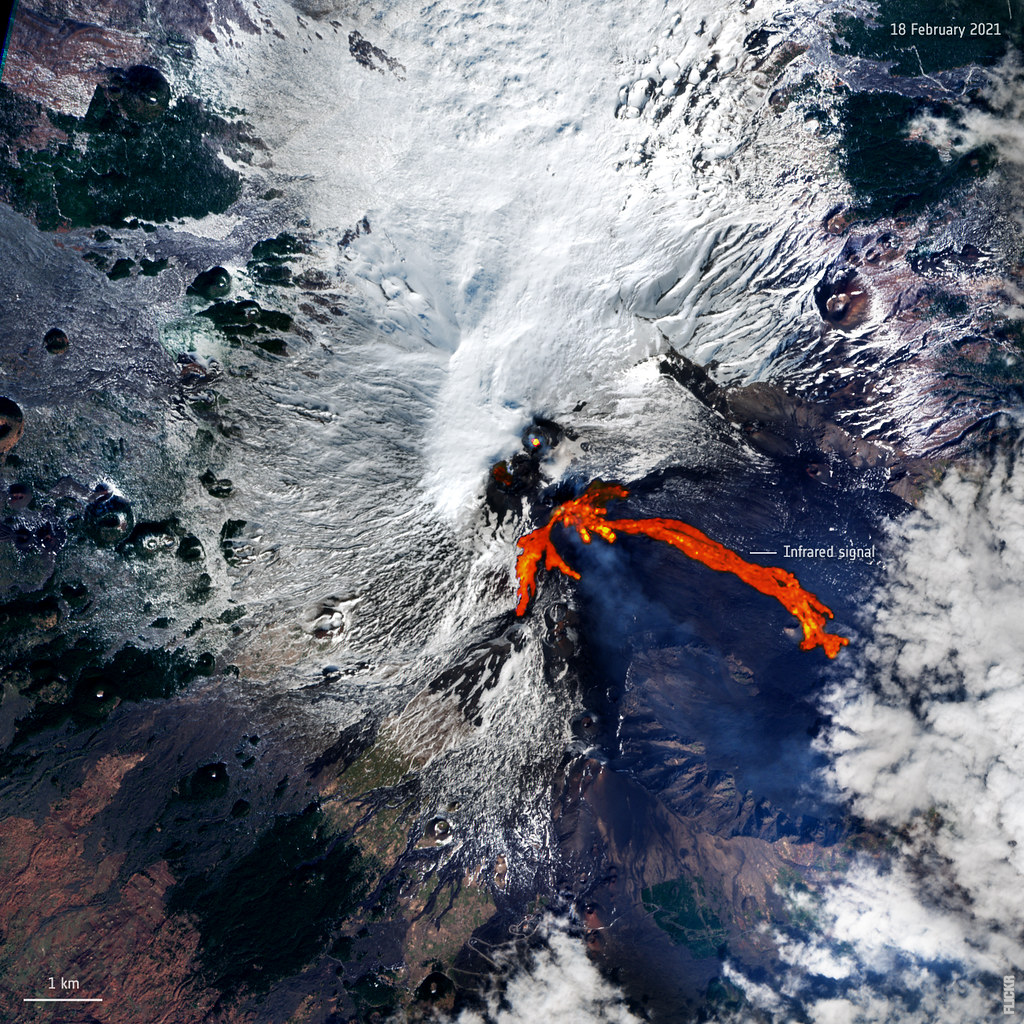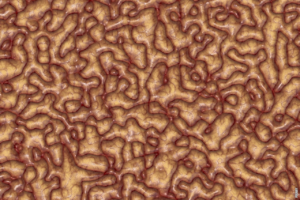The Unpredictable Fury of Earthquakes
Earthquakes, one of the most powerful and awe-inspiring natural phenomena, have shaped the Earth’s landscape for millions of years. These seismic events occur when tectonic plates, the massive slabs of rock that make up the Earth’s surface, shift and release built-up energy. While earthquakes can happen anywhere on the planet, certain regions experience a higher frequency of seismic activity. Let’s explore some of the most earthquake-prone areas on Earth.
The Pacific Ring of Fire
The Pacific Ring of Fire is a horseshoe-shaped belt that stretches over 40,000 kilometers, encircling the Pacific Ocean. This region is notorious for its high concentration of earthquakes and volcanic eruptions. The tectonic plate boundaries along the Ring of Fire are incredibly active, resulting in approximately 90% of the world’s earthquakes occurring in this area. Countries such as Japan, Chile, and Indonesia lie within the Ring of Fire and experience regular seismic disturbances.
The Alpide Belt
The Alpide Belt, also known as the Alpine-Himalayan Belt, runs through several countries, including Italy, Greece, Turkey, Iran, and India. This seismic zone is formed by the collision of the African, Arabian, and Indian plates with the Eurasian plate. The ongoing convergence and subduction processes give rise to numerous earthquakes, some of which have had devastating consequences throughout history.
The Mid-Atlantic Ridge
The Mid-Atlantic Ridge is an underwater mountain range that extends from the Arctic Ocean to the southern Atlantic Ocean. This massive ridge is where the Eurasian and North American plates are slowly moving apart, creating new crust in the process. The seismic activity along the Mid-Atlantic Ridge is primarily characterized by frequent but relatively mild earthquakes. However, due to its location, seismic events in this region often go unnoticed.
The Great Rift Valley
The Great Rift Valley is an enormous geological trench system that stretches over 6,000 kilometers from the Middle East to Mozambique in southeastern Africa. This region is the result of tectonic movements associated with the divergence of the African and Arabian plates. Earthquakes within the Rift Valley are common, but their intensity tends to be moderate. Nevertheless, this seismic activity has contributed to the formation of stunning landscapes, including vast lakes and towering cliffs.
Post
Post
Conclusion
Earthquakes are a constant reminder of the dynamic nature of our planet. While the aforementioned regions experience a higher frequency of seismic activity, it is important to remember that earthquakes can occur anywhere, sometimes catching us off guard. Understanding the geology of these earthquake-prone areas allows scientists and communities to better prepare for potential tremors and minimize their impact. So, whether we reside in a high-risk zone or not, it is crucial to be earthquake-aware and have plans in place to ensure our safety and resilience in the face of these powerful natural events.



